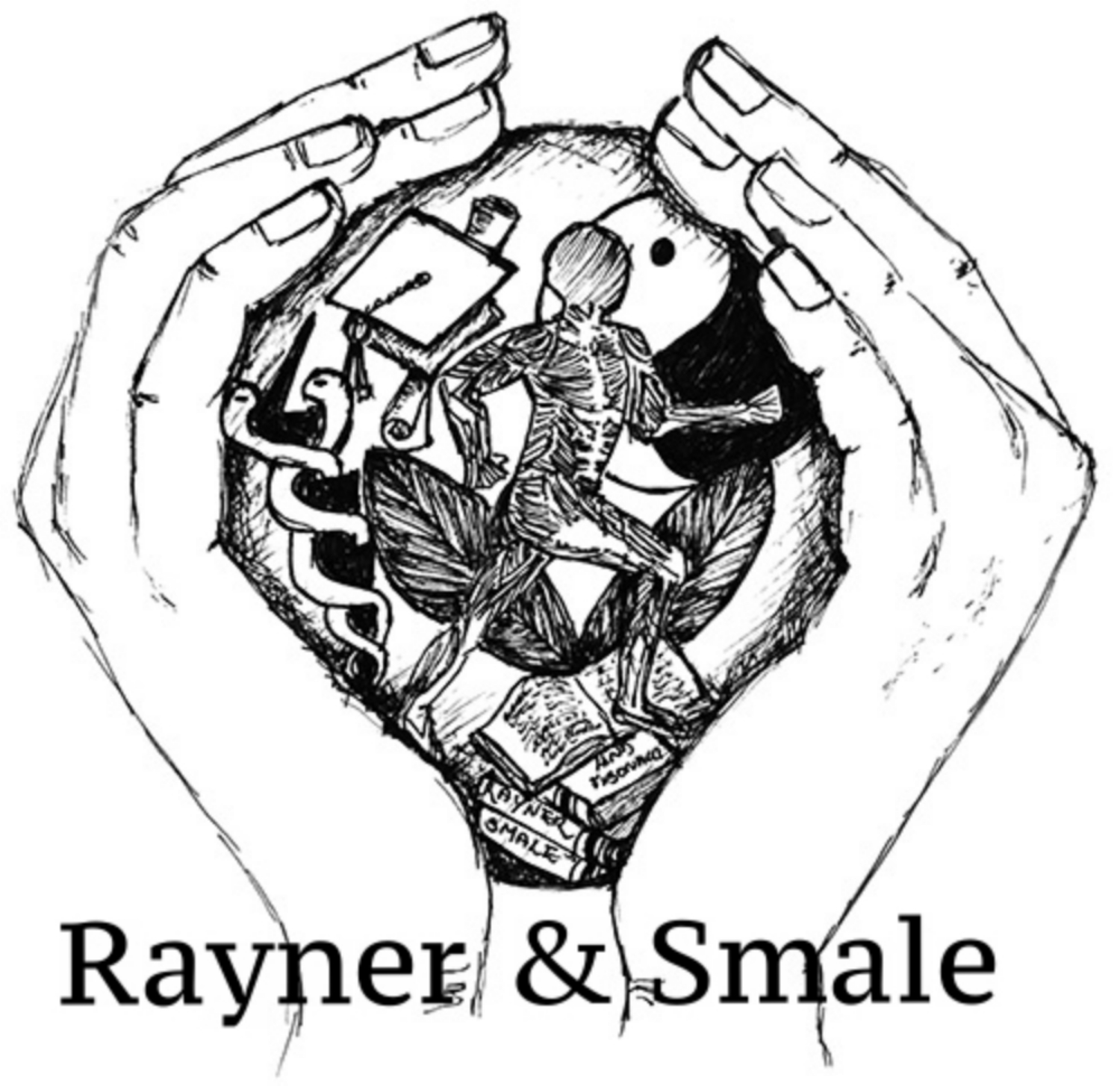Pathophysiology & Symptomology of Migraine Headaches
I'm sure you are all aware that different headache types exist as different clinical entities, but do you know the distinct features of each that aid in our differential diagnosis? Do you know what mechanisms underlie the headache felt in a migraine and what an aura actually is?
The purpose for this blog is to delve deeper into the specifics of primary headaches such as migraine with and without aura and TTH with the aim of better differentiating them from other headache types and recognising red flags.
Read More